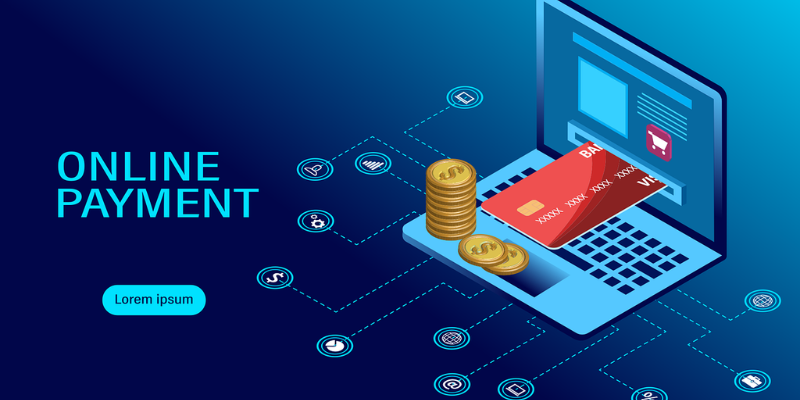The Evolution of Online Payments: Trends and Innovations.

Today, online payments have transformed the way we conduct business and handle transactions. From buying groceries to subscribing to streaming services, digital payments have become a crucial part of our daily lives. But how did we get here? And what innovations are shaping the future of online payments? Let’s Look into the journey of online payments, the latest trends, and what’s next for the industry.
The Early Days of Online Payments
Before the internet, payments were primarily made using cash, checks, or bank transfers. However, with the rise of e-commerce in the 1990s, there was a growing need for a secure way to make payments online. This led to the birth of electronic payment systems.
One of the first major online payment solutions was PayPal, founded in 1998. It provided a secure way for individuals and businesses to send and receive money online. PayPal’s success paved the way for other payment processors and digital wallets that followed.
The Rise of Mobile and Digital Wallets
As smartphones became more powerful and accessible, mobile payments started gaining popularity. Today, digital wallets like Apple Pay, Google Pay, and Samsung Pay allow users to make contactless payments with their phones. These digital wallets store payment card information securely and enable fast transactions with just a tap.
Another breakthrough in mobile payments was the introduction of QR codes. Apps like Alipay and WeChat Pay in China revolutionized how people pay for goods and services by using QR codes for instant transactions.
The Emergence of Cryptocurrencies and Blockchain Payments
The launch of Bitcoin in 2009 introduced the world to decentralized digital currencies. Unlike traditional online payments that rely on banks, cryptocurrencies operate on blockchain technology, making transactions more secure and transparent.
Over the years, businesses have started accepting Bitcoin and other cryptocurrencies as a form of payment. Platforms like BitPay and Coinbase Commerce allow merchants to process crypto payments easily. Despite regulatory challenges, cryptocurrencies continue to be a major innovation in online payments.
Buy Now, Pay Later (BNPL) Services
A growing trend in online payments is Buy Now, Pay Later (BNPL) services. Companies like Klarna, Afterpay, and Affirm let consumers make purchases and pay in installments without using a credit card. BNPL services are particularly popular among young shoppers who prefer flexibility in their spending.
The Role of Artificial Intelligence (AI) in Payments
AI is playing a significant role in improving online payments. AI-powered fraud detection systems analyze transaction patterns in real time, helping prevent fraudulent activities. Chatbots and virtual assistants also streamline customer support, making transactions smoother for users.
The Future of Online Payments
Looking ahead, online payments will continue to evolve with new technologies and innovations:
Biometric Payments Fingerprint and facial recognition are becoming popular ways to authenticate transactions securely.
Central Bank Digital Currencies (CBDCs): Governments are exploring digital versions of national currencies to enhance online transactions.
Faster Cross-Border Payments Innovations like blockchain and AI-driven payment networks are making international payments quicker and cheaper.
Voice-Activated Payments: Devices like Amazon’s Alexa and Google Assistant are enabling voice-based transactions, making payments even more convenient.
Final Thoughts
The evolution of online payments has made transactions faster, safer, and more convenient than ever before. From digital wallets to AI-driven fraud detection, technology continues to reshape how we pay. As we move forward, the future of online payments will be defined by speed, security, and accessibility, making it easier for businesses and consumers to transact globally.

Source: The Evolution of Online Payments: Trends and Innovations.




